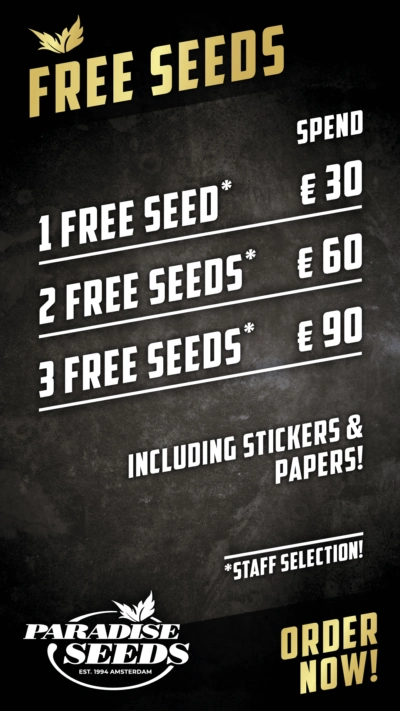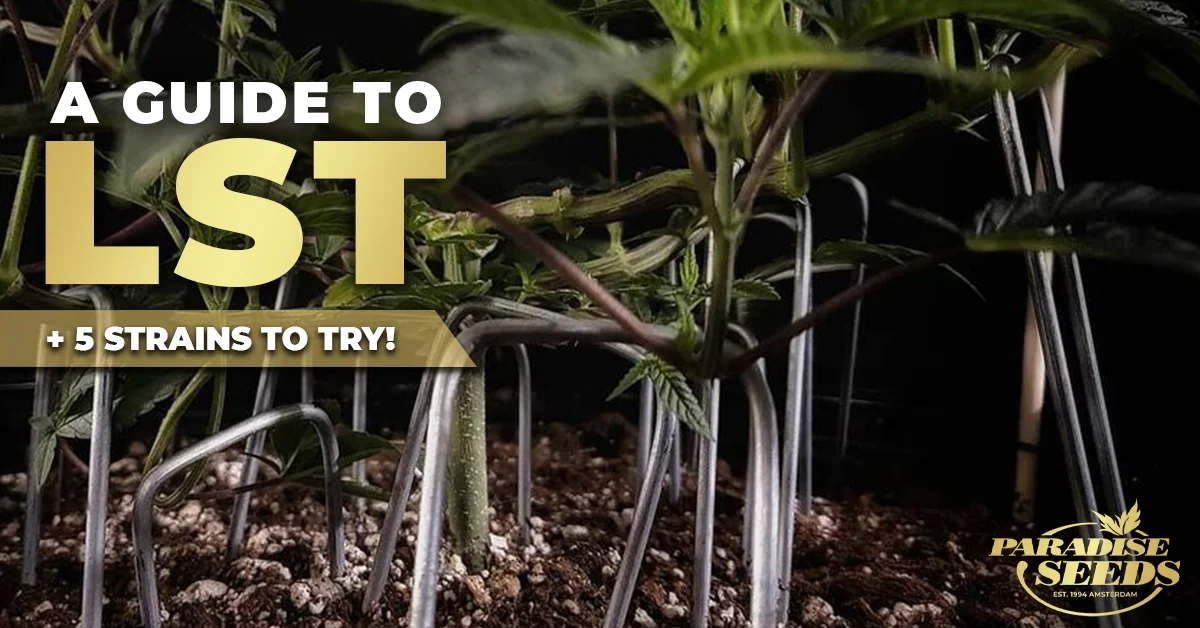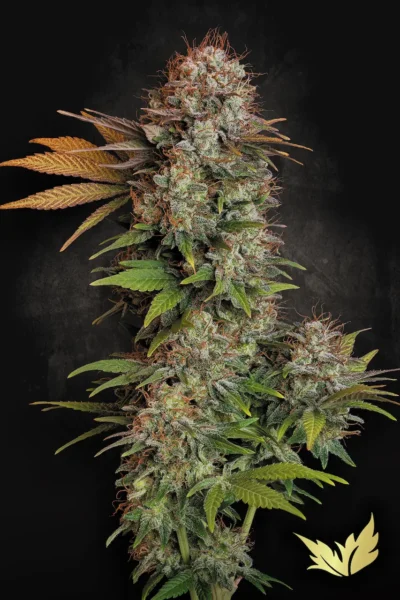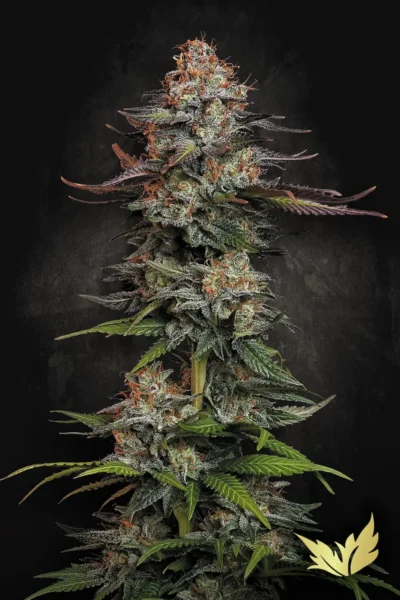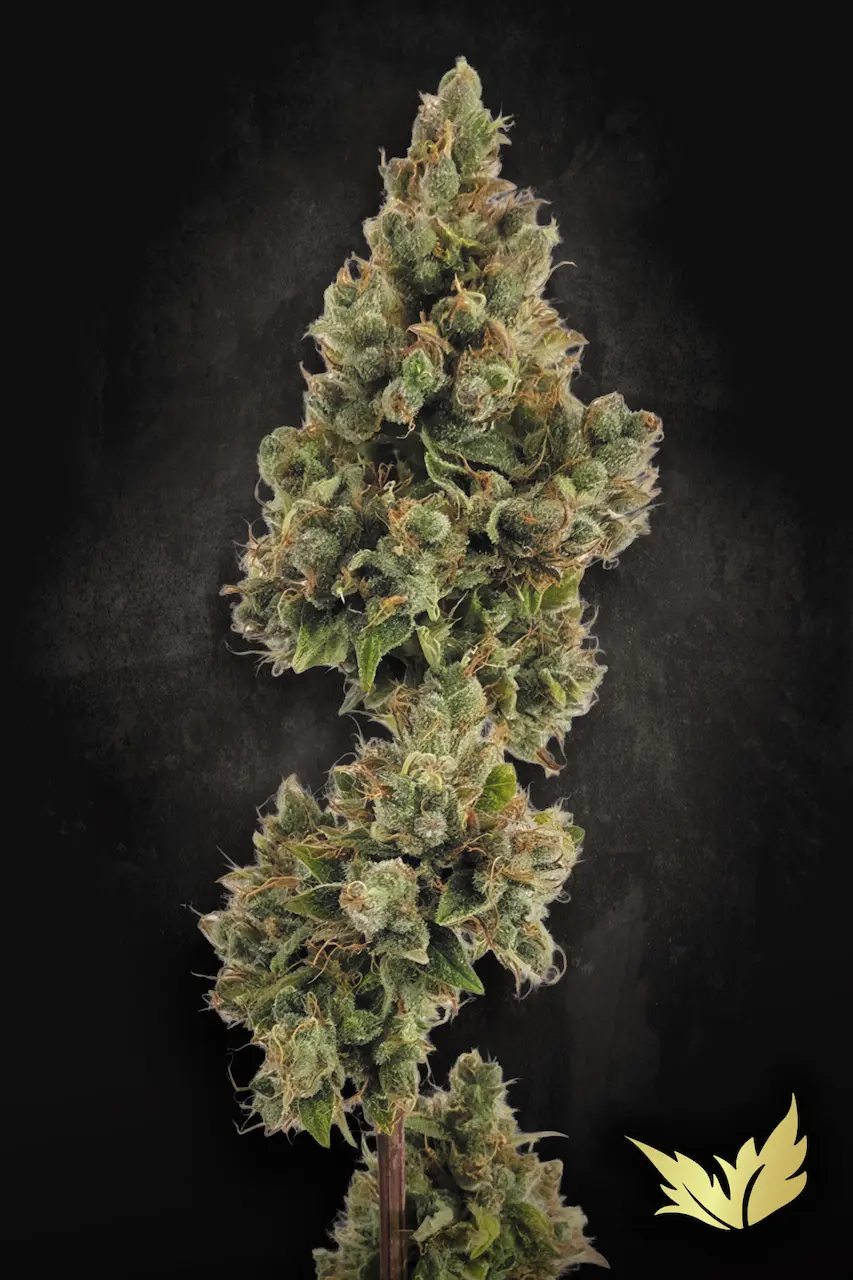As well as being an effective technique for increasing cannabis yields, LST (Low Stress Training) is also a valuable lesson for every grower. Why? Because it highlights just how malleable and flexible plants (including non-cannabis varieties) are. With cannabis plants there is often a tendency to treat them too much like little princesses. LST shows just how tough and versatile these girls really are!
The first point to make about LST to someone who hasn’t grown this way before is to trust the process. There will be times when the grower will think ‘Damn, I’ve really done it this time’ and have a sleepless night worrying that their precious plant is broken. This is rarely the case and even if a stem does break, it’s not the end of the world, but more of that later… Paradise friend Mr Beanzz, has prepared a beginner’s guide to LST.
Why use LST for Cannabis Plants?
This cannabis growing technique is an extension of methods used in cultivation for many centuries to increase harvests – vines and fruit trees are a prime example, with branches trained to increase the surface area exposed to sunlight and good airflow. The same principle applies to a cannabis plant. The standard vertical growth pattern will often produce big top buds, but flowers will get smaller further down due to lack of light. Growth density (bushy branches and tightly clustered buds) can also make plants vulnerable to mildew and mold . Using LST to train a cannabis plant opens it up (to light and air), increasing bud development.
What is LST (Low Stress Training)?
The technique is used to encourage the plant to grow in a different direction (ie not straight up and vertical towards the light source). This is achieved by training the branches to grow horizontally in different directions to promote even coverage of bud development.
What equipment is needed for LST?
The great thing about this technique is it is very low-tech! Your only real investment is a roll of flexible soft garden wire and some pegs (tent pegs or wooden skewer sticks are perfect). The wire is used to hold the branches down in their trained position so that the plant can grow in its new direction. If you have a drill, then some holes in the rim of the pot can also serve as anchor points. The other tool, the grower provides… in the form of an extra slice of patience as LST requires a bit of extra attention and management!
Can you LST all cannabis plants?
Yes, all cannabis plants can be trained using LST. If it is practised during the veg stage the plant won’t become unduly stressed, although you have to take a bit more care once it’s in flower for this reason. The method can be used for both feminized cannabis seeds and autoflower cannabis seeds .
When do you begin LST?
Generally the process begins after a few weeks of veg stage, when the plant has reached at least 3 or 4 nodes (i.e. the little intersections where the stem branches off).
How do you LST?
Bit by bit! It starts very simply by gently bending the stem in one direction and using the flexible garden wire to hold in place, attaching the other end to the peg or skewer, so that it is anchored. Be careful in the first stages – think of the plant like a bow, (gently bending in one direction). After a couple of days it will be easy to see how much the stem has grown and you can apply another anchor to extend that horizontal growth.
Am I trying to achieve a particular shape?
The beauty of LST is you can train the plant to go anywhere! A good tip however, is to let the stem grow out until it reaches close to the edge of the pot and then bend it so that it follows that edge (like you are creating a spiral pattern, starting at its center). As the plant grows, continue to shape the spiral. However, LST is a gift to the artistic intentions of every grower and, once you are comfortable with the process, have fun with your next project and create a cannabis sculpture to be proud of (or at least to insta – please share with us – @paradiseseedsofficial – if you do!
What if I am clumsy and break the stem?
At the beginning of this article we mentioned that LST is a valuable lesson for every grower. This is because it is an example of working with nature and observation of the magic of nature. If you do happen to snap a stem then don’t panic. Keep it where it is and just tape the split. Obviously treat it with extra care, but the plant should heal itself within days and growth will continue.
Can I LST while the plant is flowering?
Because this technique is less stressful to a cannabis plant than other training techniques (such as topping and mainlining), you can continue this process right through the flowering process.
Is LST suitable for indoor and outdoor plants?
Yes! While the technique is popular with indoor growers looking to increase yields in small spaces, it is also a great technique to use outdoors in order to better manage the plant. Increased light to bud sites will see better flower growth and improved airflow will help to prevent mold taking control of a plant.
5 Paradise Strains Which Benefit from LST:
Sensi Star . This particularly bushy super indica plant benefits from LST to open up bud sites and ensure good airflow.
Nebula . An award winning sativa dominant hybrid, its rock hard medium sized buds will definitely benefit from LST.
Durga Mata . A classic old school strain which is pretty damn near to a Himalyan land race as you can get. A good choice for outdoor set ups, LST will certainly help to open up its bushy growth.
Auto Jack . The auto version of the revered Paradise sativa, Jacky White, will respond to training the LST way, focusing its stretch into horizontal branch growth.
Pandora . The original Paradise big growth auto, LST will help to spread the growth of this stout and bushy plant, exposing more buds to the light.
-
🏆 Sale!
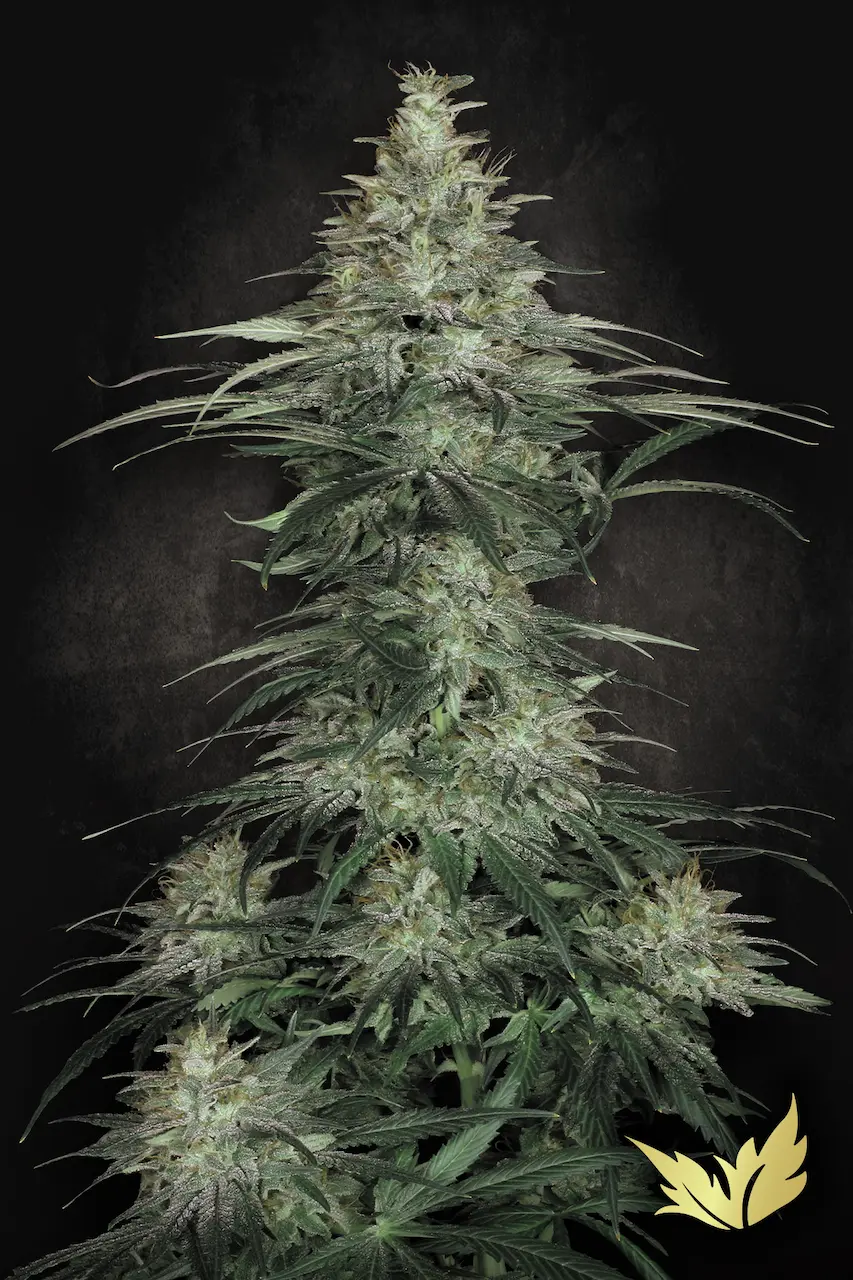
€39.50 – €108.00
€29.63 – €81.00 Select options This product has multiple variants. The options may be chosen on the product page -
🏆 Sale!
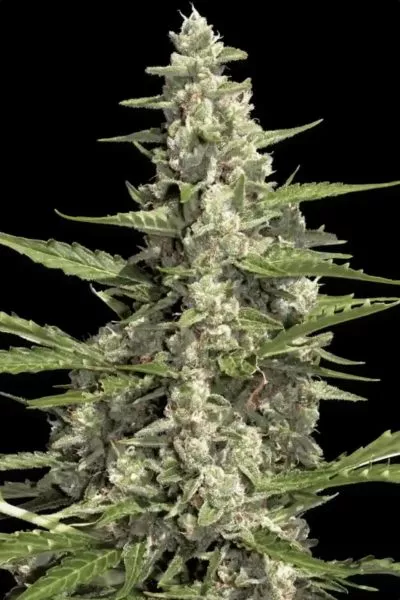
€25.50 – €69.50
€19.13 – €52.13 Select options This product has multiple variants. The options may be chosen on the product page -
€35.50 – €96.50 Select options This product has multiple variants. The options may be chosen on the product page
-
€22.50 – €59.50 Select options This product has multiple variants. The options may be chosen on the product page
-
€25.50 – €69.50 Select options This product has multiple variants. The options may be chosen on the product page

